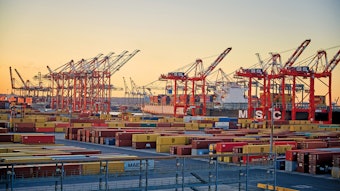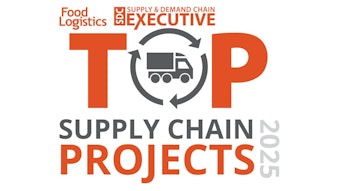
The latest round of tariffs on beef imports from Canada and Mexico, imposed by President Donald Trump, is set to shake up the beef industry. With a 25% tariff on imported beef, costs are expected to rise, and consumers will feel the effects at grocery stores, restaurants, and butcher shops.
While the goal is to protect U.S. cattle ranchers, the reality is that price increases will be felt across the entire supply chain—from processors to fast food chains, and ultimately, consumers. But what does this mean for you? And is now the right time to rethink how you buy and consume beef?
Short-term impact: Beef prices are going up
If you’re used to buying ground beef, burger patties, or lower-end cuts, brace yourself—prices are about to jump. The U.S. imports a massive amount of lean beef from Canada and Mexico, which gets blended with fattier domestic beef to make affordable ground beef and processed products. With tariffs in place, those imports become more expensive, and those costs will trickle down to grocery stores, fast food chains, and restaurants.
Who gets hit first?
- Grocery store shoppers → Expect higher prices on ground beef and value cuts.
- Fast food chains → Burger joints rely on imported beef—meaning menu prices could climb.
- Casual dining restaurants → If you love a good steakhouse burger, it might cost a few bucks more.
Major national retailers and even local stores source a portion of their beef from Canada. That super-cheap beef you found at the supermarket? Now you know why. USDA Choice does not mean U.S. beef.
Medium-term impact: Domestic beef supply under pressure
In theory, tariffs should be great for U.S. cattle producers. Less competition from imports means more demand for American beef. But here’s the problem: The U.S. cattle supply is at its lowest level since 1961 due to drought, high feed costs, and economic pressures. Even if demand for domestic beef spikes, ranchers can’t just magically produce more cattle overnight. Raising quality beef takes time, care, and resources.
Who’s feeling the pinch?
- Meat processors and packers → They rely on imported beef for blending. Without it, costs will increase.
- Retail supermarkets → If they can’t source affordable beef, they’ll have to raise prices or cut back on supply.
- Mid-tier steakhouses → Chains that which serve USDA Choice beef will have to pass on price increases to customers.
Long-term impact: Will consumers walk away from beef?
Here’s the real risk: If beef prices stay high for too long, consumers will start to shift away from it. In fact, when beef gets too expensive, people switch to chicken, pork, or plant-based options. If this happens on a large enough scale, it could hurt the industry long-term rather than help it.
Potential long-term effects:
- Lower beef consumption → People buy less beef, and once habits change, they don’t always switch back.
- Trade war risks → If Canada and Mexico retaliate, U.S. beef exports could take a hit, hurting American ranchers.
- Industry consolidation → The big players will survive, but small independent farms could struggle, which is bad for the future of high-quality beef.
You pay for what you get
The beef industry is deeply interconnected, with cattle and beef products crossing multiple borders before reaching consumers. A cow raised in the United States might be sent to Canada for processing, then have its meat re-imported back into the United States for sale. Mexico is a major supplier of feeder cattle to American ranchers, helping sustain the beef supply chain.
When it comes to proteins, you pay for what you get. Cheap beef is cheap for a reason—it often comes from large-scale operations that prioritize volume over quality, using shortcuts in processing, aging, and handling. High-quality beef, on the other hand, comes from well-managed farms, proper feeding programs, and careful butchering.
A smarter approach: Eat less beef, but eat better beef
If you are on a budget and worried about rising prices, this might be the perfect time to rethink how you buy and consume beef. Instead of buying more of a lower-quality product, consider eating less, but buying better beef.
A high-quality, well-marbled steak delivers superior flavor, tenderness, and overall enjoyment, meaning you don’t need to eat as much to have a great experience. A smaller portion of a premium cut can be far more satisfying than a larger serving of a lower-grade steak.


























